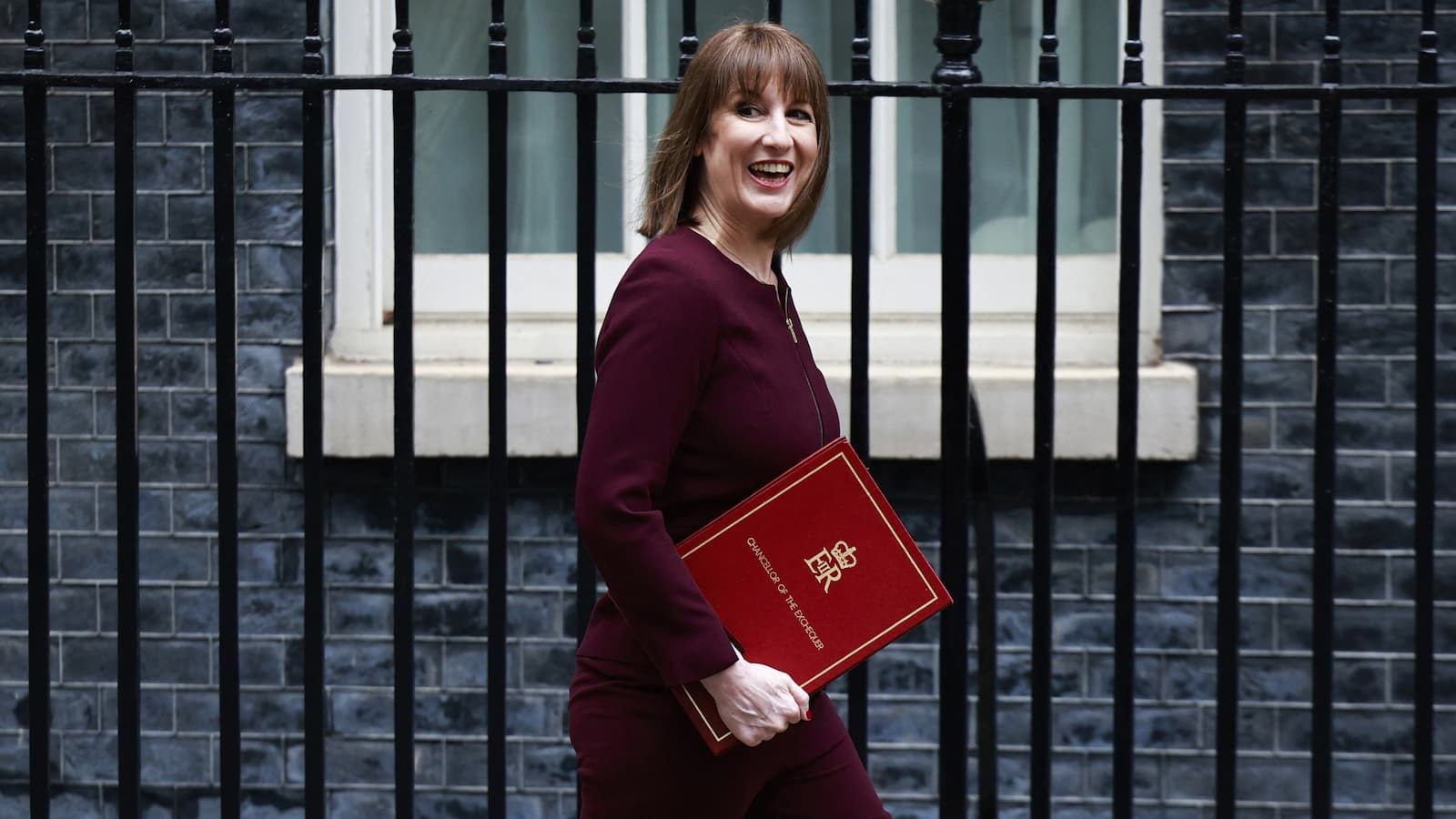More than 300,000 properties could fall within the scope of a new ‘Mansion Tax’ being prepared for next month’s budget, according to leading housing market analysts.
The Labour Government are understood to be developing plans to tax homes based on house prices, particularly those valued above £1.5 million or £2 million.
While no final announcement has been made, economists and industry researchers say the available evidence points towards an incoming ‘Mansion Tax’ forming part of Chancellor Rachel Reeves’s Autumn Budget.
Experts say ‘Mansion Tax’ now likely
Property market data suggest that a ‘Mansion Tax’ is now the Treasury’s preferred route to increase property-based revenue without breaching its wider tax pledges.
Analysis by estate agency Knight Frank estimates that around 310,000 homes in England and Wales are worth £1.5 million or more, representing roughly 1.1% of the national housing stock.
Tom Bill, head of UK residential research at Knight Frank, said: “The government has been examining ways to make property taxation fairer and more progressive. A tax on homes above £1.5 million or £2 million would deliver a stable annual income stream and is more predictable than transaction-based taxes such as stamp duty.”
The Institute for Fiscal Studies (IFS) has said that additional property taxes could raise several billion pounds annually, helping to close what it estimates to be a £20 billion gap in the public finances. It added that taxing wealth tied up in property would align with the government’s goal of focusing new charges on those most able to pay.
How the ‘Mansion Tax’ could work
The Treasury is understood to be weighing two possible structures. One would introduce an annual 1% levy on the portion of a home’s value above £2 million, meaning a £2.5 million property would incur a £5,000 yearly charge.
Another approach would link the reform to capital gains tax (CGT), by removing or reducing the current exemption – known as private residence relief – for homes above a threshold such as £1.5 million.
Under existing rules, CGT is not paid when an owner sells their main residence. Removing the exemption for the highest-value homes would result in gains being taxed at 18% for basic-rate taxpayers and 24% for higher-rate taxpayers.
Officials are reported to be modelling both systems to determine which would raise more revenue while minimising disruption to the housing market.
Which areas will be most affected by ‘Mansion Tax’?
High-value homes are concentrated in London and the South East, meaning those regions would see the greatest effect.
In the Royal Borough of Kensington and Chelsea, about 18% of properties are valued above £2 million, while in Westminster the figure is around 12%. In Elmbridge, Surrey, approximately 7% of homes fall within that range.
A wider threshold at £1.5 million would capture more households across southern England and parts of commuter areas around Oxford, Cambridge and Bristol. Property data indicate that houses above this level are already taking longer to sell, reflecting uncertainty over potential tax changes.
How it fits into wider property tax reform

The Treasury has commissioned internal reviews into the structure of council tax and stamp duty, both of which are based on outdated property valuations.
Council tax bands in England were last assessed in 1991. Senior officials are examining whether a new national property tax could eventually replace or supplement these existing levies.
Economists have suggested that a mansion tax could serve as a first stage in broader reform. The IFS and think tank Onward have both recommended linking council tax to up-to-date property values and phasing out stamp duty over time.
Introducing a mansion tax on the most expensive homes would allow the government to raise funds immediately while those longer-term reforms are designed.
What the government has said so far
No formal policy statement has been made with regard to a ‘Mansion Tax’, but the Treasury has repeated its position that “the chancellor makes tax policy decisions at fiscal events” and that it “does not comment on speculation about future changes to tax policy.”
The department has confirmed that its current focus is to “restore economic stability and strengthen the public finances in a fair and responsible way, while protecting working people.”
When details will be confirmed
The full design of the mansion tax, including its threshold, rate and implementation timetable, is expected to be set out in the budget on 26 November.
Until then, Treasury sources say several models remain under review.
View the original article and our Inspiration here


Leave a Reply